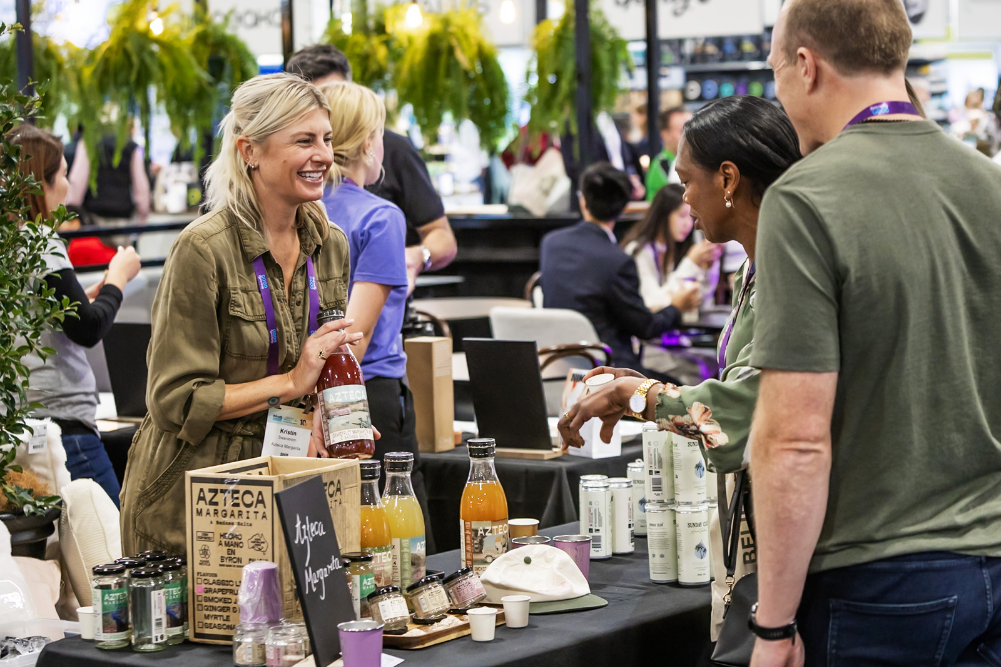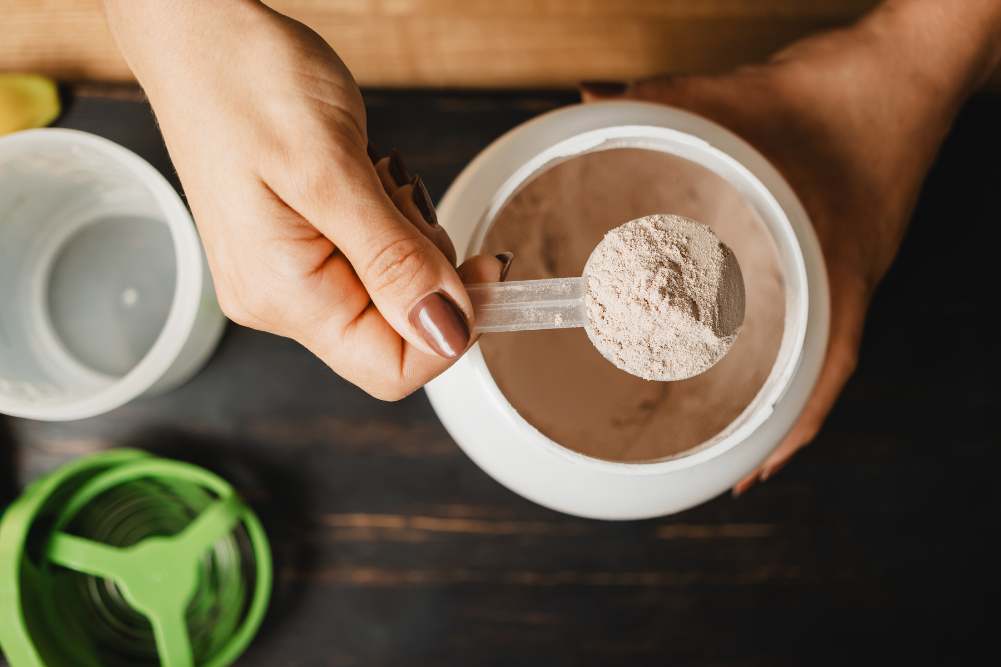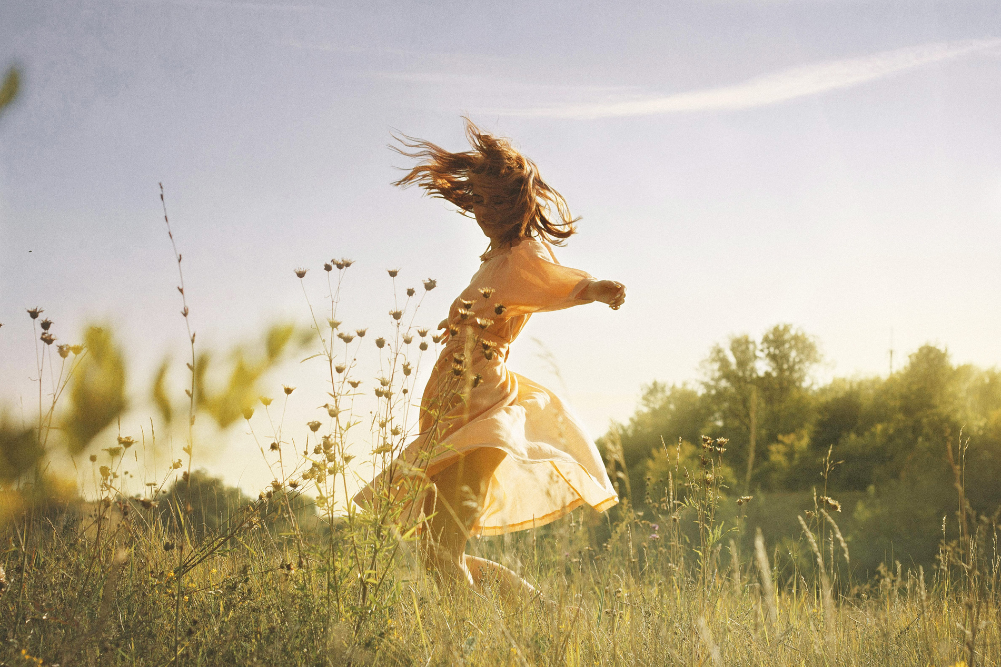Do hugs have healing power?
Hugs. The very sound of the word rolling off your tongue brings warm, fuzzy feelings of contentment. If it’s love that makes the world go round, then it’s hugs that keeps it spinning. Hugging benefits both the giver and the receiver, boosting your emotional health and also your immune system.
Hugs are fundamental to your health and wellbeing. Hugging has been proven to reduce symptoms of pain and can also relax muscles in your body by releasing tension. Perhaps most of all, though, hugging connects you to others, rejuvenating your spirit. A tender hug from a parent can calm a frightened child; the warm embrace of a lover tells you you’re cherished; and the comforting hug of a friend says you’re not alone.
Kathleen Keating, author of The Hug Therapy Book, says hugs are a wonderful way to connect with others. “Our skin is the antenna that feels, touches, contacts the world. With touch, we meet the world outside of ourselves in a vibrant, alive, nourishing way. With touch we meet, connect, bond, belong,” she writes.
Accredited mental health social worker Debbi Carberry says you should never underestimate the power of hugs. “Your first experience as a human being is a gentle skin-to-skin hug when you are placed on your mother,” she says.
Logically, the impact a hug can have makes sense. After all, your skin is the largest sensory organ in your body — on an average-sized adult it covers a staggering 1.6 metres. And when we wrap our arms around another person, that very act of embracing someone prompts increased oxytocin, a hormone produced by the pituitary gland that makes people feel secure and trusting toward each other, lowering cortisol levels and reducing stress.
All you need to do to top up your levels of this miracle hormone is to hug someone or hold their hand. What are you waiting for?
Hug hunger
Hugging and human touch are essential to life, research has shown. Last century, horrific images of Romanian and Russian orphanages overflowing with babies and young children with wide, hollow eyes and twisted, stunted bodies paid testament to the effects of touch deprivation. They weren’t cuddled or held, just given functional care.
Researcher Tiffany Field from The Miami Touch Research Institute has shown just how important touch is for babies. In a study of preterm babies at the Touch Institute, those who were given daily massages had an accelerated growth rate that was 47 per cent more than the babies in the control group, who were not given the massages.
"With touch, we meet the world outside of ourselves in a vibrant, alive, nourishing way. With touch we meet, connect, bond, belong.”
So how often do we reach out and touch someone? In the 1960s, pioneering researcher in humanistic psychology, Sidney Jourard, was intrigued to discover just how often different cultures touched or hugged each other. After observing people in cafes for one hour, he made the following observations. In England, friends dining and chatting together did not touch each other at all. In the US, they connected twice and in France the number shot up to 110 times per hour. In Puerto Rico, they connected 180 times! How would Aussies and Kiwis compare?
Some might argue that, with the advent of mobiles, texting, ATMs and the global proliferation of Twitter and email, people spend more time interfacing with tools of technology than they do with each other. And it’s not just busy corporate types or tech-savvy 20-somethings who are missing out. Single people living on their own also have little opportunity to hug another.
If you don’t have a human to hug, though, hug a pet. That works, too. That’s the advice of the Australian Companion Animal Council. Their research has shown cuddling a cat or patting a pooch makes pet owners less lonely and they take fewer visits to the doctor, deal better with stress and recover more quickly from illness.
It seems we could all benefit from reaching out and touching someone. Jane Hall, past president of the Therapeutic Touch Association of Australasia, says physical touch slows us down and relaxes us, quieting our busy minds and bringing us into the present moment. “In our society, we are so busy thinking about the future and what we have to do next; when we hug we are connecting completely in the here and now,” she says.
Some people will comfortably greet everyone they know with a warm heartfelt embrace, while others are just not into hugging. Hall says not everyone is happy giving and receiving hugs and it has nothing to do with the psychological aspects of physical touch.
“Their skin isn’t as receptive and it can feel almost physically uncomfortable for them,” she says. “Some people are more kinaesthetic, more connected to the sense of touch than others — even right from birth, some babies don’t like cuddles as much as others do.”
Then there are those who are frail or too sick to be hugged, particularly older people. According to Hall, however, just holding an older person’s hand can be of benefit. “Our hands, particularly the right hand, are connected to the physical, emotional and energetic heart,” she says. “In holding a hand you can visualise the loving energy flowing through their hand up and into their heart. It’s a beautiful way to connect with someone who is frail.”
Free hugs anyone?
The simple act of a hug can also change someone’s life. Just ask Juan Mann, an Aussie who began a campaign offering free hugs to strangers. After returning from the UK, bereft and heartbroken, Mann missed human contact, and realised how the warmth of an embrace could warm a heart, even a stranger’s.
Nervously clutching a large homemade sign that said “Free Hugs” he stood in busy Pitt Street, Sydney. After 15 minutes of strangers staring and passers-by laughing at him, a lady approached Mann and told him her daughter had died a year before to the day in a car accident, then that very morning her dog had died. She held out her arms for a hug.
“We step into each other’s arms, our bodies a jumble of limbs before we settle into a gentle and comforting embrace. The troubles in my life melt away,” he writes.
“I’m safe in a mother’s arms. I’m happy to know that, for this moment, she has brightened up my life. I know for sure that this may be my first Free Hug but it will not be my last. We separate and she holds my arms, smiling from behind brimming eyes. ‘Young man, don’t ever stop what you are doing; it means more than you’ll ever know.’
“We step into each other’s arms, our bodies a jumble of limbs before we settle into a gentle and comforting embrace. The troubles in my life melt away.”
“I watch her disappear into the crowd before it dawns on me. I will never, ever see her again. She will never know just how important that hug was to me. I’ve hugged hundreds of thousands of people from all over the world since then. Together we laughed and we cried.” Mann’s kindness initiative has spread across the globe to more than 80 countries.
Mann is not alone in his quest. There are others who are changing the world one hug at a time. Indian spiritual leader Amma (or “mother”) has hugged over 25 million people in her travels across the globe. This extraordinary expression of universal love is known as Amma’s darshan. This motherly embrace, repeated hour after hour, day after day for the past 39 years, has become both catalyst and symbol for the growing humanitarian movement now called Embracing the World.
Hugging: the ultimate mind–body medicine
Therapist and author Virginia Satir stated that human beings need four hugs a day for survival, eight hugs a day for maintenance and 12 hugs a day for growth. Perhaps that’s why hugging can also bond us together in ways that go beyond words of comfort. From increasing immune function and relieving pain to diminishing feelings of isolation and loneliness, hugging is the ultimate feel-good activity.
But the benefits don’t stop there. Hugging also makes your heart healthy by lowering your blood pressure. Researchers at the University of North Carolina worked with two groups of women; the first held hands with their partners for 10 minutes then hugged them; others just sat quietly beside their partners. Then the women discussed a recent event that stressed them. Those in the non-contact group had significantly higher blood pressure readings than those who had hugged and held hands.
Hugs and affectionate touch can also improve individual sports performance and sportsmanship. In a 2009 study by the University of California, 294 NBL basketball players were studied to assess how much they each connected physically with teammates during a game. Those belonging to teams who hugged each other, and high-fived other teammates, played better as individuals and collectively as teams, winning more games.
Hugging can also give life. Sydney mother Kate Ogg gave birth to premature baby Jamie and twin Emily, but after 20 minutes of battling to breathe, Jamie was pronounced dead. Miraculously, after two hours of loving cuddles, as his parents said a tearful goodbye to their baby son, Jamie started gasping for air. Researchers believe Jamie may have had a faint heartbeat that was difficult to detect but, when cuddled by his mother, the oxytocin released with skin-on-skin contact stabilised his heartbeat.
It’s not just homo sapiens that enjoys the many benefits of hugging, either. Dr Orlaith Fraser of Liverpool John Moores University conducted research on fighting chimps. She observed that, if chimps were bullied by others, their chimp mates (those who ate or regularly played with them) would console their troubled buddies with some cuddle comfort.
Touch safely
Hugs are great for kids and adults alike. They not only benefit children emotionally but can also boost a child’s brainpower, according to The Hug Therapy Book’s Keating. “Hugs have a positive effect on children’s language and IQ,” she writes.
Sadly, hugging or touching others isn’t always encouraged because of the negative associations with some forms of touch — attacks on women, sexual harassment in the workplace and the threat of sexual predators who seek out the young.
Are we heading towards a society governed by an ideology that proclaims even the most innocent touch is inappropriate?
Parents urge their offspring to be highly selective in how and who they touch, and rightly so. But some might question whether we are going too far. Many teachers no longer give their students a pat on the back for a job well done, as it could be misread. Boys are told not to touch other boys or they could be perceived as effeminate, nor can they touch girls in any way, as their behaviours could be interpreted as sexual.
Are we heading towards a society governed by an ideology that proclaims even the most innocent touch is inappropriate?
“There is certainly rampant fear out there,” says mental health social worker Carberry. “Young children hug naturally. Their automatic response to a joyful or sad situation is to open their arms for a hug, and then they go to school and are taught you shouldn’t touch your teacher or classmates.”
Rather than say touching others is off limits, Carberry says children need to be told clearly what safe touch is: what a warm hug is and why it’s OK, what is not acceptable and when to say no. “Touch is truly a gift, a way to express yourself without words. Not touching goes against our natural instinct to connect with others,” she says.
Hugs are good for your soul. Give someone a hug today.
Hugs defined
The Cuddle A complete absence of space between the two huggers, bodies pressed together with arms thrown around each other.
The Man Hug A fusion of a handshake and a hug. They pat each other on the back before separating quickly.
A-Frame Hug A brief embrace with all the hugging above the neck. Usually between people who don’t know each other well.
The Lift-and-Spin Hug Not for the beginner or the faint of heart. A spontaneous hug that’s physically and emotionally uplifting.
The Side-on Hug Looks like a koala clinging to a tree.
The Group Hug A life-affirming experience, a freeform free-for-all hug for three people or more. The more the merrier.
(Courtesy The Illustrated Guide to Free Hugs by Juan Mann.)








